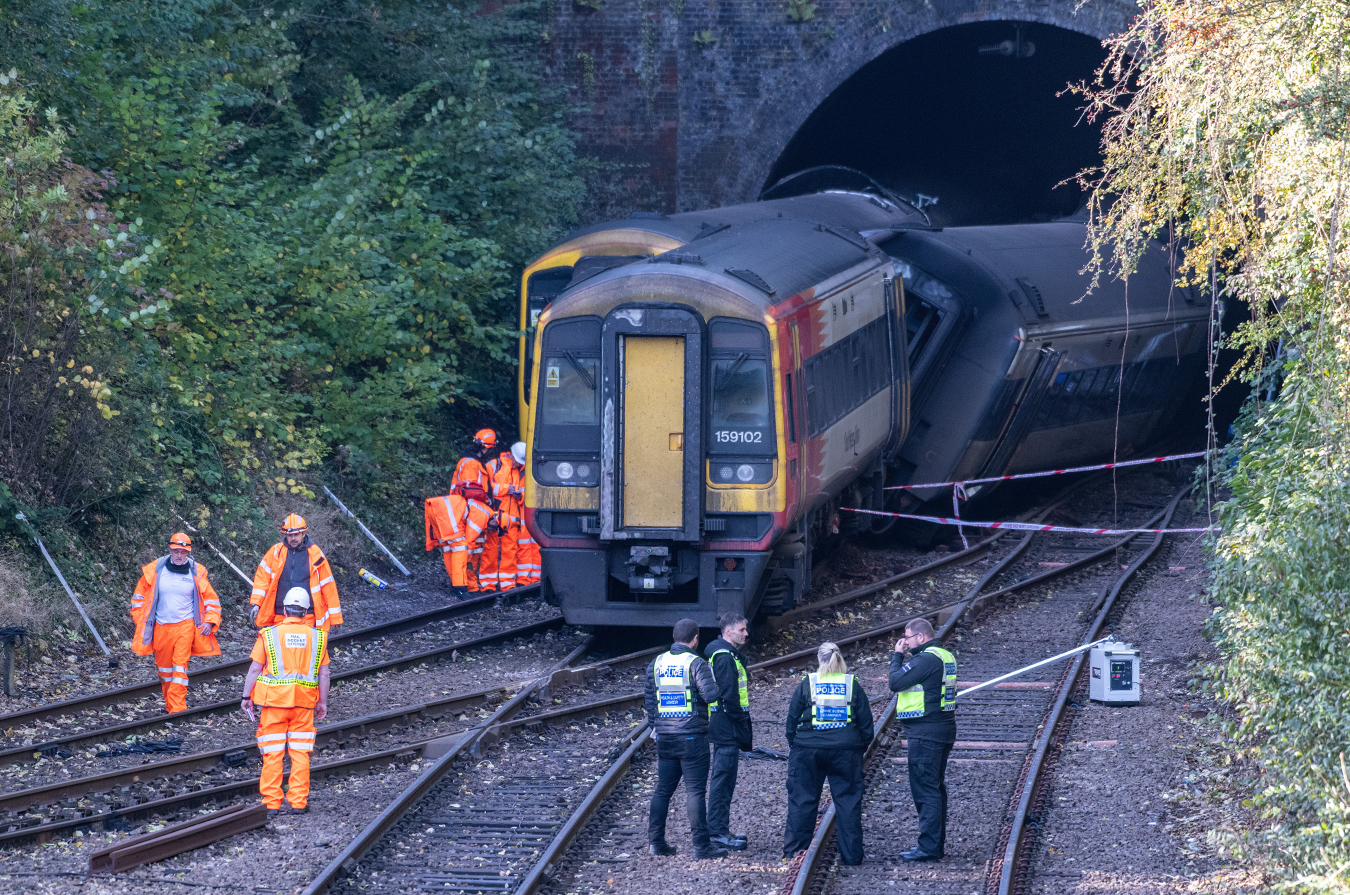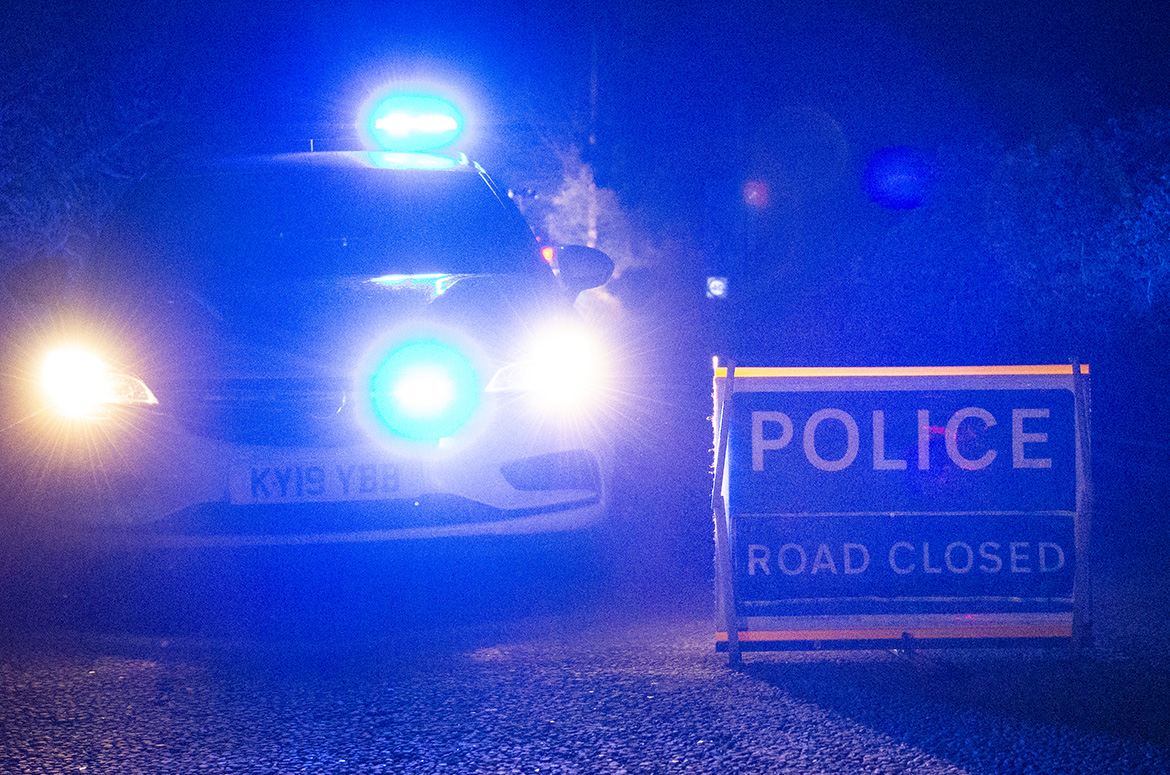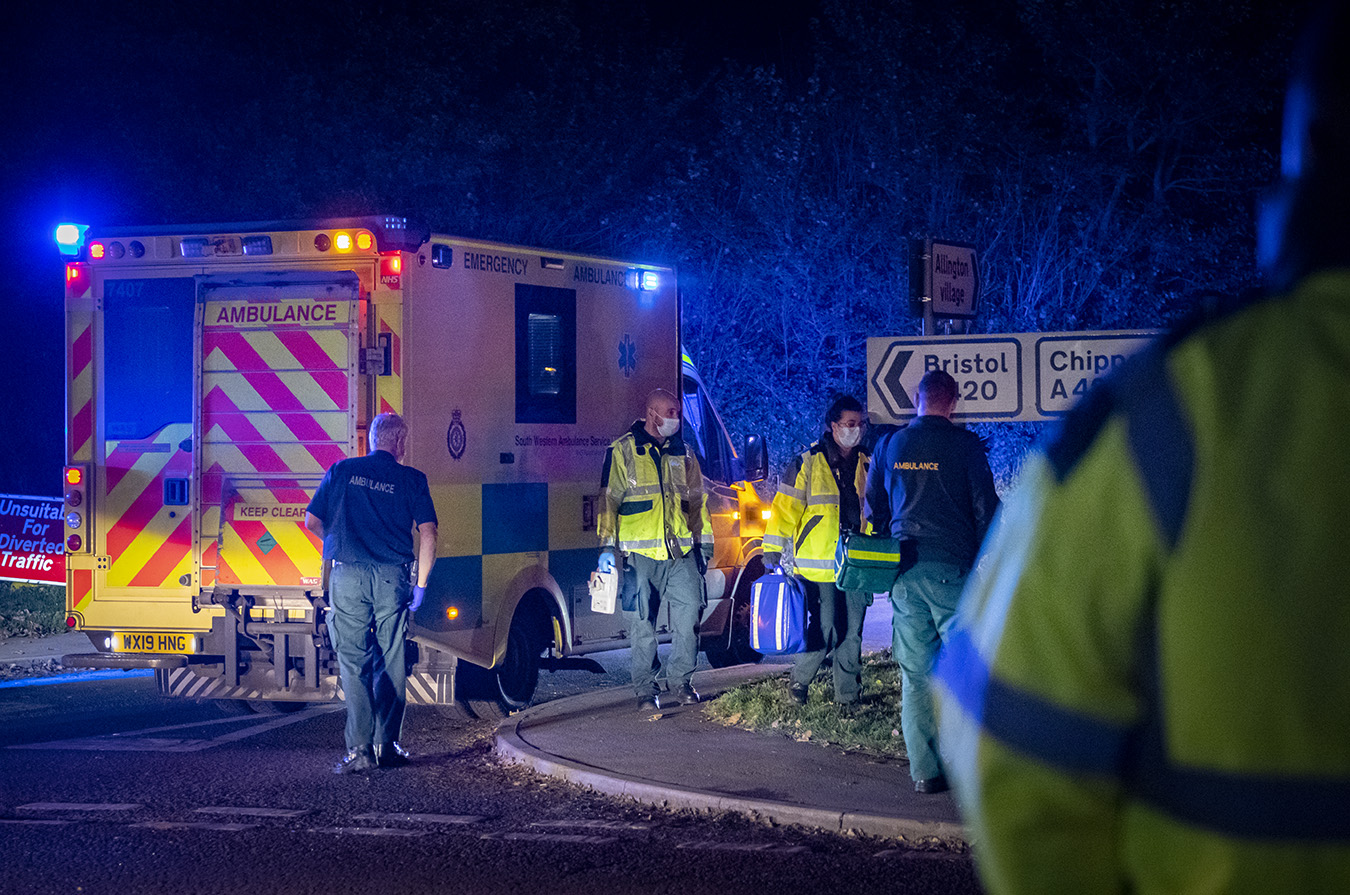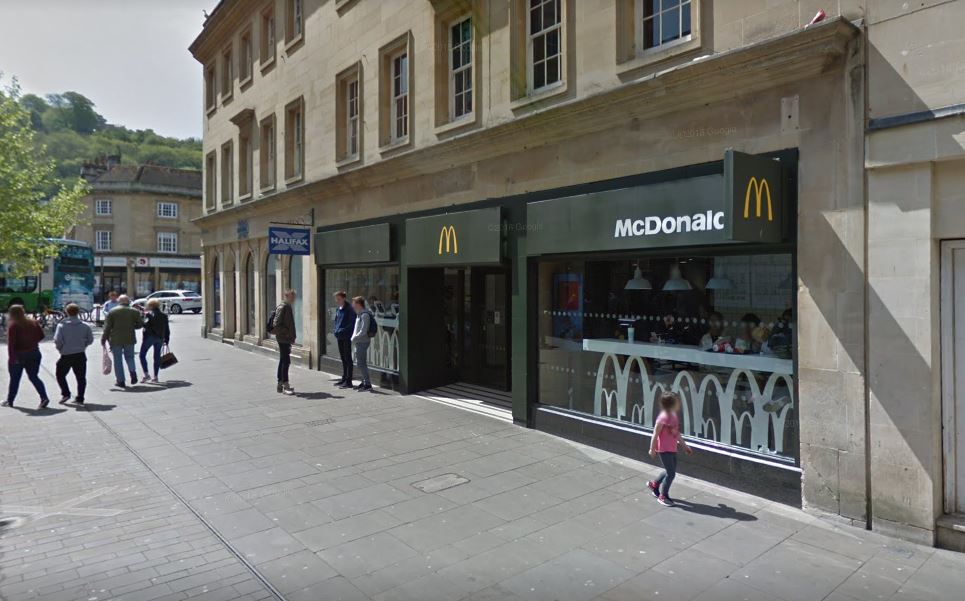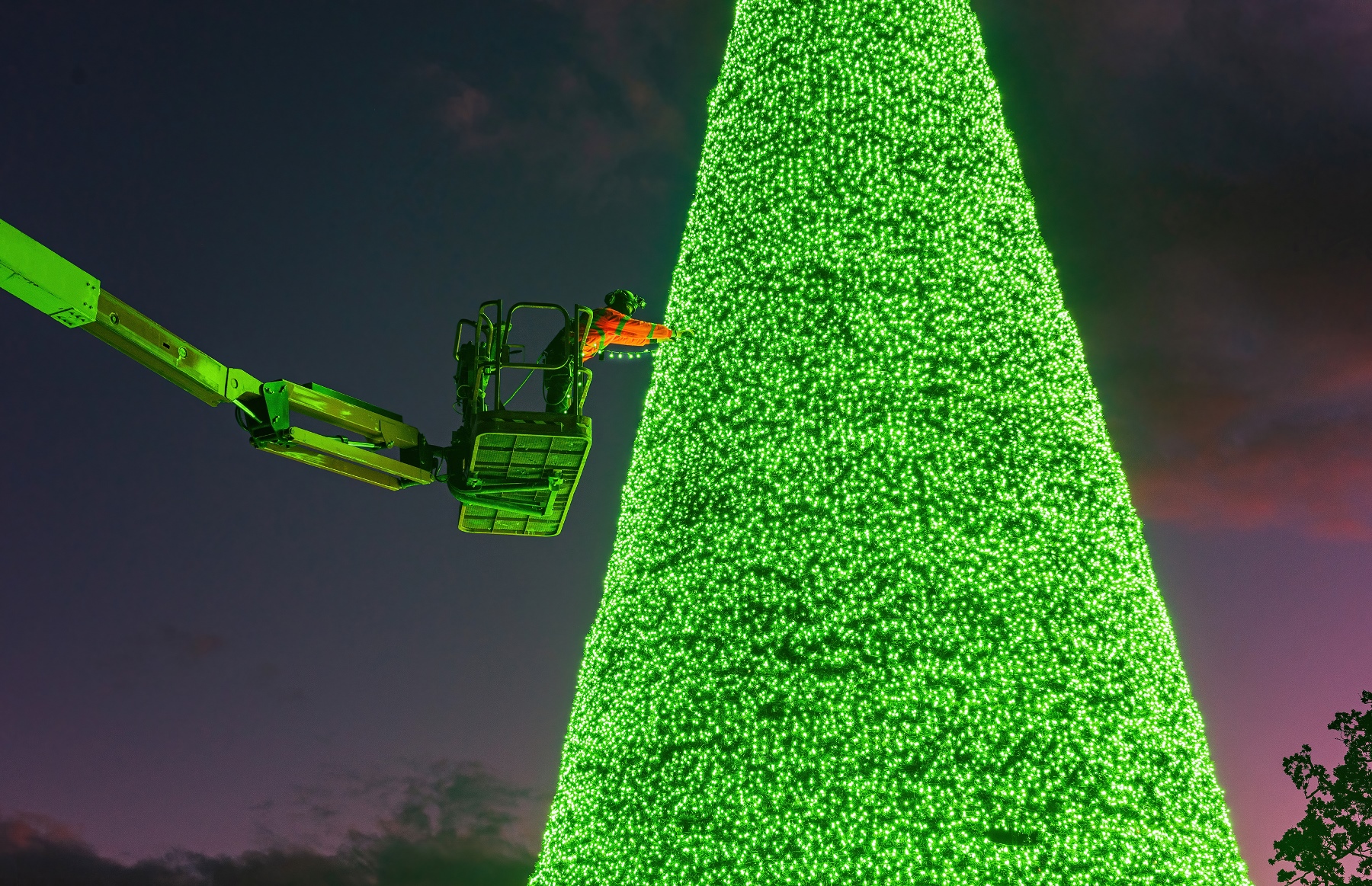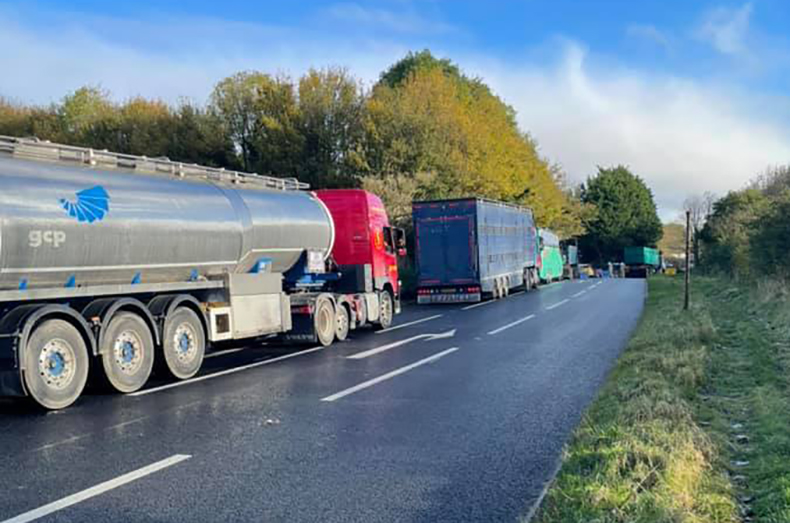A driver suffered life-changing injuries when he lost control of a South Western Railway train ahead of a tunnel in Salisbury.
More than a dozen passengers were left hurt when the train failed to stop at a red light as it approached Fisherton Tunnel at around 6.45pm on Sunday (October 31).
Continuing past the stop signal, despite the 74-year-old driver’s efforts to brake, the locomotive continued towards the tunnel.
Moments later, a Great Western Railway (GWR) train – which was believed to be protected by the other trains red light – ploughed into the back of it.
The driver, who is said to have more than 50 years’ experience driving trains, was said to have ‘acted impeccably’ ahead of the horror smash.
As a result of the collision, the South Western Railway train driver suffered life-changing injuries. He was airlifted to Southampton Hospital’s regional trauma centre for treatment.
Deputy chief inspector of the Rail Accident Investigation Branch (RAIB), Andrew Hall said initial findings revealed that the South Western Railway service did not stop at the red light, striking the parallel Great Western Railway service.
Both trains derailed as they hurtled through Fisherton Tunnel.
Mr Hall confirmed that the train driver had applied his brakes but low adhesion between the wheels and the track meant the locomotive did not stop as it should have.
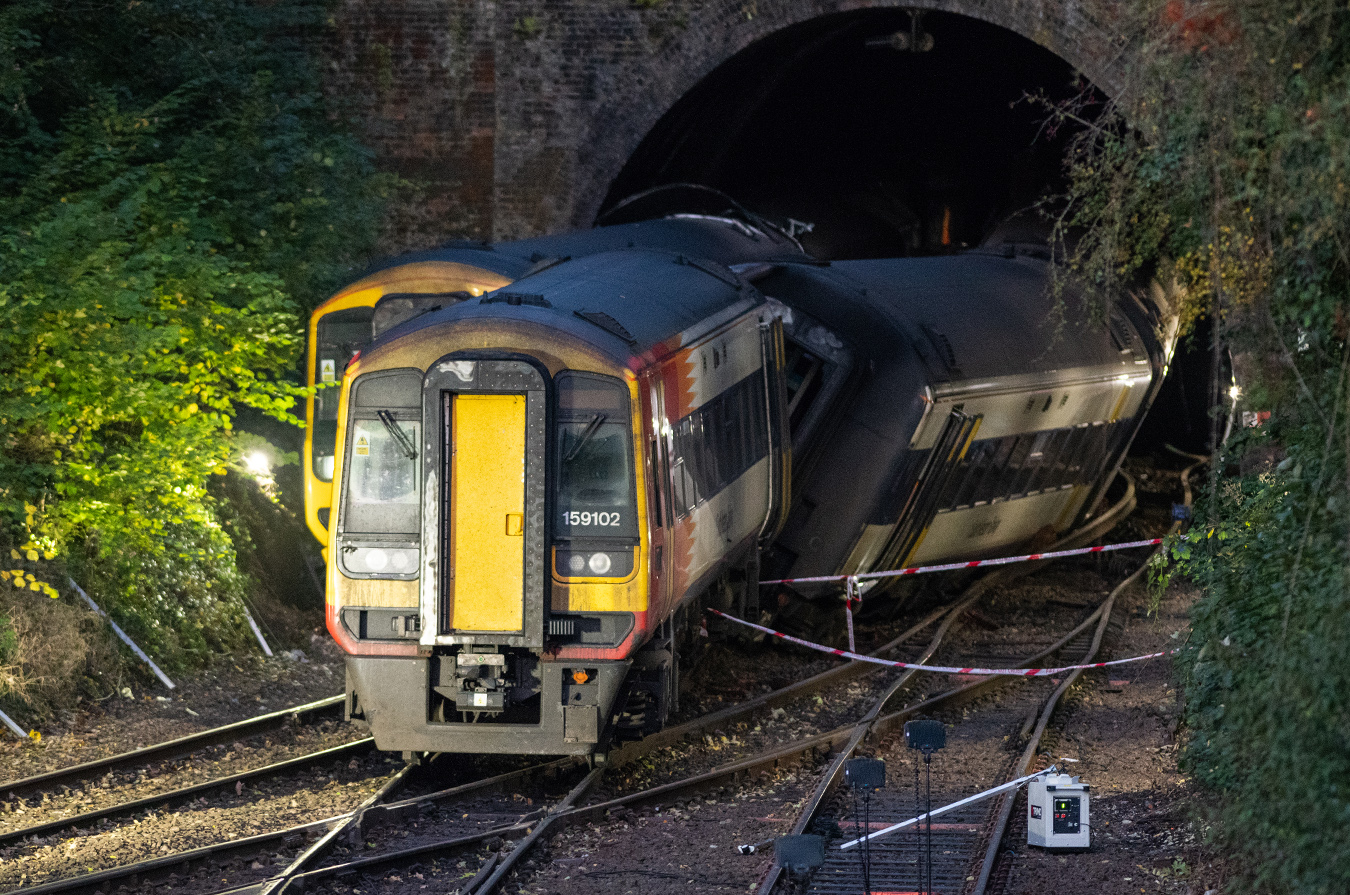
In a statement, he wrote: “A team of RAIB inspectors arrived on site on Sunday evening and were joined yesterday by additional inspectors and our support team. We are working alongside partner organisations including the Office of Rail and Road (ORR) and BTP. Our investigation is progressing well.
“Yesterday our focus was on evidence retrieval, we have been working with Police scene officers to examine the train.
“We have also undertaken a close examination of the track and signalling in the area and started to talk to those involved. Analysis of downloads from the trains’ data recorders, electronic data from the signalling system and CCTV imagery is ongoing.
“From the initial evidence we have collected, we know that that the passage of the Great Western train travelling from Eastleigh across Salisbury Tunnel Junction was being protected by a red signal. At this junction, trains coming from Eastleigh merge with those from Basingstoke, so the South Western service coming from Basingstoke was required to stop at that signal.
“Unfortunately, it did not stop and struck the side of the Great Western train at an angle such that both trains derailed and ran alongside each other into the tunnel just beyond the junction.
“Initial evidence indicates that the South Western train driver applied the brakes as it approached the junction and the red signal, but the train was unable to stop before passing the signal.
“This evidence suggests that the most likely cause of this was wheelslide, almost certainly a result of low adhesion between the wheels and the track. We are continuing to pursue this as a line of investigation amongst others.
“In consultation with other parties, we continue to work with the railway recovery engineers to ensure that the site is handed back in the shortest time possible. We intend to begin releasing parts of the site back to Network Rail later today.”
Emergency services were forced to declare a major incident following the crash, which saw 100 people evacuated from the train and taken to a ‘casualty centre’ at a nearby church.
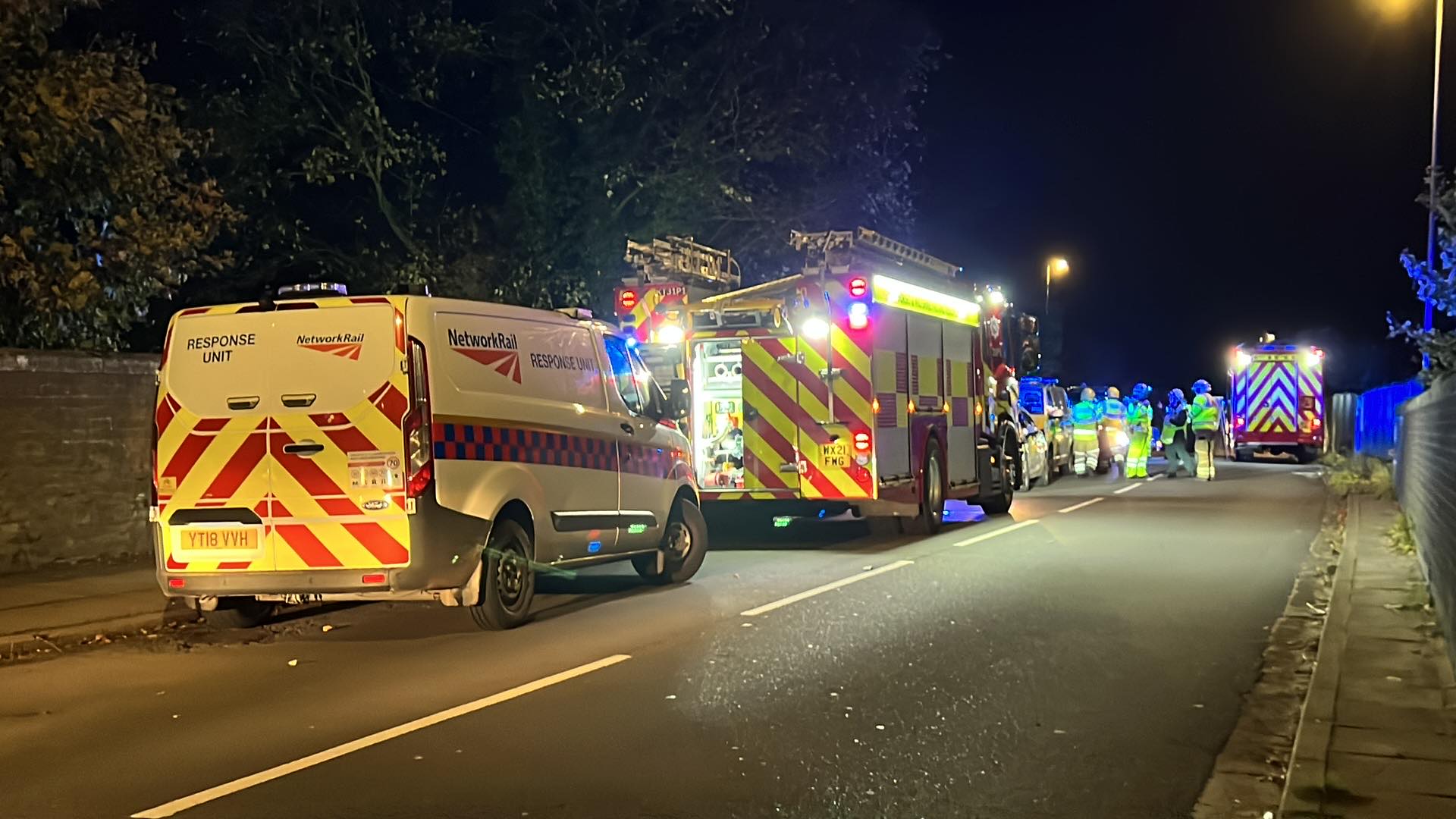
Two police helicopters, the HM Coastguard and Dorset and Somerset Air Ambulance all attended the incident alongside ambulance service Hazardous Area Response Teams (HART), 50 firefighters from across Wiltshire and Hampshire, and dozens of police officers – both local and from British Transport Police stations across England.
South Western Railway praised their “experienced” driver who is believed to have begun driving trains 50 years ago – at the age of 24.
“RAIB’s statement on their initial investigation into the train collision near Salisbury on Sunday points to low adhesion between the wheels and the track as the most likely cause”, a spokesperson for SWR said.
Continuing: “Their early assessment shows the South Western Railway driver reacted correctly to the signals by braking to slow the train down.
“While the investigation has a long way to run, these initial findings are helpful to stop speculation and focus attention on the evidence about the likely cause of the collision.
“Our thoughts are with all those caught up in this serious accident and we will continue to cooperate fully with the relevant authorities as they continue their investigations.
“We want to pay tribute to our driver who was injured on Sunday night.
“He is a deeply respected colleague, who has over 50 years’ experience of driving on this route and an excellent professional track record.
“All our drivers are regularly assessed to the highest standards and he has fully satisfied all requirements.
“Initial findings indicate that the driver acted in an impeccable way in a valiant attempt to keep his passengers safe, staying at the controls throughout.
“We thank him for his actions and we wish him a speedy recovery as he continues to be treated in hospital.”
